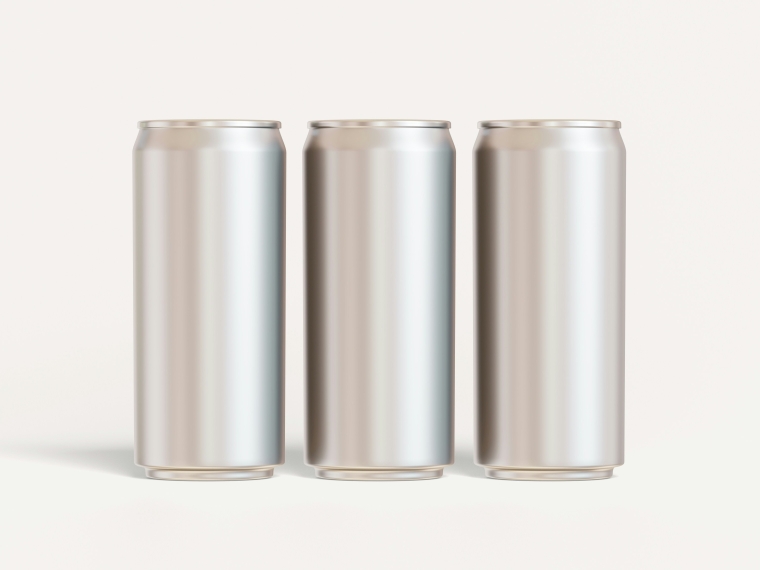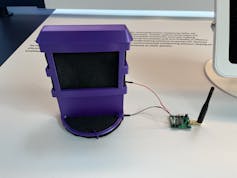
The majority of the world’s rechargeable batteries are now made using lithium-ion. Most rely on a combination of different rare earth metals such as cobalt or nickel for their electrodes. But around the world, teams of researchers are looking for alternative – and more sustainable – materials to build the batteries of the future.
In this episode of The Conversation Weekly podcast, we speak to four scientists who are testing a variety of potential battery materials about the promises they may offer.
When lithium-ion batteries emerged in the 1990s, they were a huge breakthrough, says Laurence Hardwick, a professor of electrochemistry at the University of Liverpool in the UK. He explains that lithium-ion batteries “ became commercialised at the same time as the mobile electronics industry really took off”. But their subsequent use in electric cars now presents “a challenge of scale”, given the use of rare earth minerals within their components.
Hardwick is director of the Stephenson Institute for Renewable Energy, named after the 19th-century engineer George Stephenson – builder of the world’s first inter-city rail link between Liverpool and Manchester, which passed close by to the University of Liverpool’s campus.
Hardwick’s work focuses on what other materials could be used either in conjunction with lithium, or on their own, to diversify battery manufacturing away from rare earth metals. Part of this includes research on solid-state batteries, which use ceramic plates rather than a solvents to conduct the ions that provide the charge. “ Solid-state batteries offer a lot of potential energy-gaining benefits and safety benefits,” he says.
Understand how AI is changing society
Sodium-ion is also being touted as a potential alternative to lithium-ion batteries. Robert Armstrong, principal research fellow in chemistry at the University of St Andrews in Scotland, is part of a consortium of UK-based researchers working on questions around sodium-ion batteries, including what type of electrodes and electrolytes work best.
Like potassium-ion, which is also a potential battery candidate, sodium-ion is heavier than lithium-ion, but Armstrong says sodium is fairly evenly abundant: “So you don’t have the supply issues that might affect lithium-ion, and you’re not like to see the same price volatility.”
Some Chinese manufacturers in China, such as BYD and CATL, are pushing ahead with sodium-ion batteries for cars, despite the fact they’re heavier than lithium-ion batteries. There’s also interest in sodium-based technology in countries in the Arabian Gulf that use desalination plants. “They’ve got all this sodium kicking around. Why not make use of it?” says Armstrong.
Batteries which biodegrade

Other researchers are looking at how to make batteries out of plant-based materials that are biodegradable. Bill Yen, a PhD candidate in electrical engineering at Stanford University, is part of a team who are developing Terracell, a type of battery that generates power using microbes in the soil.
Their inspiration was how to power environmental sensors in damp environments without leaving lots of electronic waste behind at the end of the battery’s life. Terracell won the energy category of the Prototypes for Humanity 2024 event in 2024 in Dubai, a showcase for sustainable solutions to the world’s problems.
Also in Dubai was Ulugbek Azimov, a professor of mechanical and construction engineering at Northumbria University in the UK, who is developing BioPower Cells, a type of rechargeable battery made from waste products such as coffee which doesn’t contain any rare earth metals. “ And at the end of its lifespan, we drop it into boiling water and it will be turned into liquid ionic fertilizer,” Azimov said.
Listen to The Conversation Weekly to hear the conversations with these four scientists about their work and the batteries of the future.
Interviews with: Bill Yen, Ph.D. Student in Electrical Engineering, Stanford University; Laurence Hardwick, Director of the Stephenson Institute for Renewable Energy, University of Liverpool; Robert Armstrong, Principal Research Fellow, School of Chemistry, University of St Andrews; Ulugbek Azimov, Associate Professor of Mechanical Engineering, Northumbria University, Newcastle.
Applications are now open for early career researchers to submit their projects for the Prototypes for Humanity 2025 awards and showcase in Dubai.
This episode of The Conversation Weekly was written and produced by Gemma Ware with assistance from Mend Mariwany and Katie Flood. Mixing and sound design by Eloise Stevens and theme music by Neeta Sarl.
1 Comments
Sodium-ion batteries might offer less energy density, but they are also significantly cheaper than other batteries. I think car makers are missing a trick here, build a simple, budget sodium-ion car that goes like 250km only (so weighs the same as a lithium-ion), but costs dramatically less. The batteries are better cold weather performers, better in fires and offer far greater number of recharges before significant degredation. And 250kms would cover like 80% of trips or more. These would be a great second car, for instance. Everyone seems to be chasing the luxury end of the BEV market, they should really be chasing the toyota corolla segment. Something thats insanely reliable, doesn't cost much and will still be going in 20 years.

We welcome your comments below. If you are not already registered, please register to comment.
Remember we welcome robust, respectful and insightful debate. We don't welcome abusive or defamatory comments and will de-register those repeatedly making such comments. Our current comment policy is here.